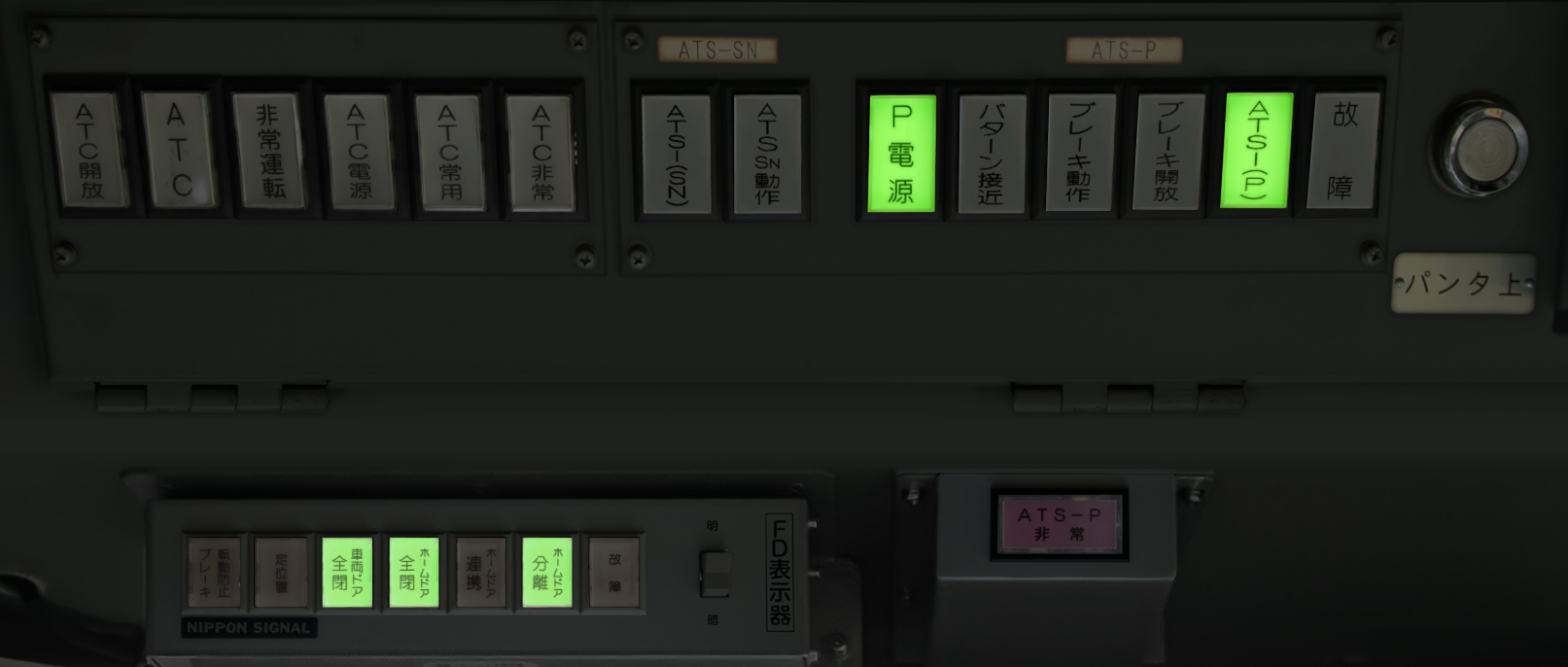Sōbu Line (Rapid) - Narita Line
Introducing
The Sobu Rapid Line is a 79.2 km long line running east-west between Tokyo Station in Tokyo's Chiyoda Ward and Chiba Station in Chiba City, Chiba Prefecture.
The line also operates a direct connection with the Yokosuka Line between Tokyo Station and Kurihama Station in Yokosuka City, Kanagawa Prefecture, and Tokyo Station in Chiyoda Ward, Tokyo.
The Sobu Line (Rapid) operates at high speed, stopping only at a limited number of stations, because the Chuo・Sobu Line (Local) run side by side from Kinshicho Station to Chiba Station, which has a large number of stations.
The Sobu Line (Rapid) is also used as an access line between central Tokyo and Narita Airport, an international airport. The Narita Express, a limited express train bound for Narita Airport, runs on the Sobu Line (Rapid), and the Shiosai, a limited express train bound for Choshi, also runs on this line.
Trains bound for Narita Airport depart from Chiba Station via the Sobu Main Line and enter the Narita Line at Sakura Station. The Narita Line connects Sakura Station in Sakura City, Chiba Prefecture, and Matsugishi Station in Choshi City, Chiba Prefecture, via Narita Station. The Narita Line also has branch lines, one connecting Abiko Station in Abiko City, Chiba Prefecture, to Narita Station (commonly known as the Abiko Branch Line) and another connecting Narita Station to Narita Airport (commonly known as the Airport Branch Line).
The Sobu Line (Rapid) DLC can operate the section of the Narita Line from Sakura Station to Narita Airport Terminal 1 Station via Narita Station.
Starting underground in central Tokyo, the line runs at high speed through the suburbs of Tokyo and Chiba Prefecture, and beyond Chiba Station, the line runs through a landscape with a lot of greenery. We hope you will enjoy driving to Narita Airport while feeling the changes in the scenery.
Key data
- Line Length: 79.2km
- Number of stations: 19
- Safety system: ATS-P
- Train model: E217 series (15 cars)
- Max speed:
- Tokyo - Kinshicho : 100km/h
- Kinshicho - Chiba : 120km/h
- Chiba - Narita Airport : 110km/h
- Max speed after signals:
- Reduced speed (green/yellow): 75 km/h
- Caution (yellow): 55 km/h
- Speed restriction (yellow/yellow): 25 km/h
- Reduced speed (green/yellow): 75 km/h
- Routes:
- Tokyo ~ Chiba (627F) :
"Rapid"Rapid train - 10 stations - 39.2 km - Tokyo ~ Tsudanuma (845F) :
"Rapid"Rapid train - 8 stations - 26.7 km - Tokyo ~ Narita Airport Terminal 1 (1217F/4217F @ Chiba) :
"Rapid"Rapid train - 19 stations - 79.2 km
- Tokyo ~ Chiba (627F) :
- In-train announcements : Yes
- Driver announcement (pointing-and-calling) : No
ConsoleStations detailslist
| Station name |
Japanese name |
Distance from Tokyo (km) | JRETS connections |
||||||||||||||||||||||||||||||||||||||||||||||||||||||||||||||||||||||||
|---|---|---|---|---|---|---|---|---|---|---|---|---|---|---|---|---|---|---|---|---|---|---|---|---|---|---|---|---|---|---|---|---|---|---|---|---|---|---|---|---|---|---|---|---|---|---|---|---|---|---|---|---|---|---|---|---|---|---|---|---|---|---|---|---|---|---|---|---|---|---|---|---|---|---|---|
| Tokyo | 東京 | 0 |
MovieUseful links
Wikipedia: https://en.wikipedia.org/wiki/S%C5%8Dbu_Line_(Rapid) - https://en.wikipedia.org/wiki/Narita_Line#Airport_branch_line Driver's
Retour en haut
|



